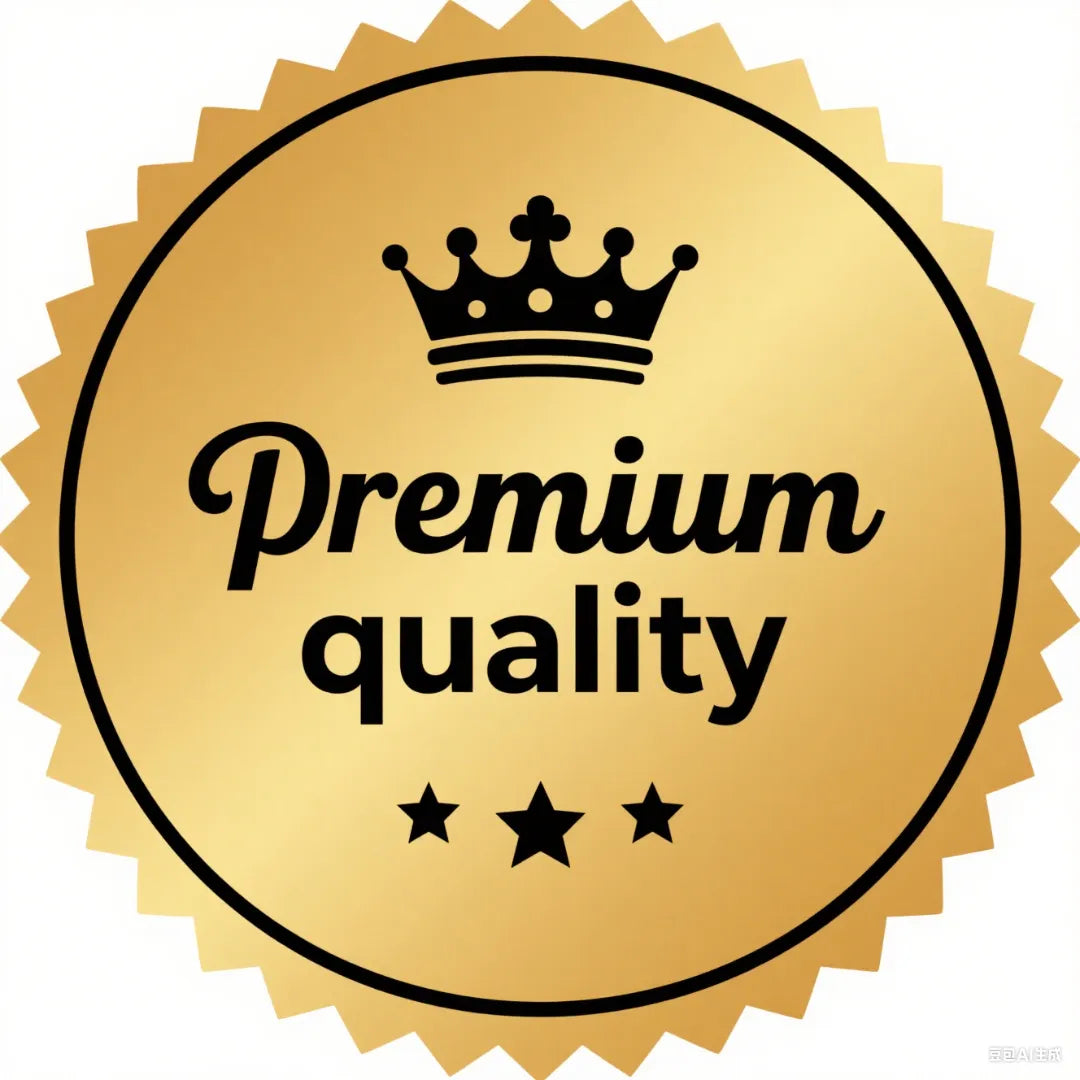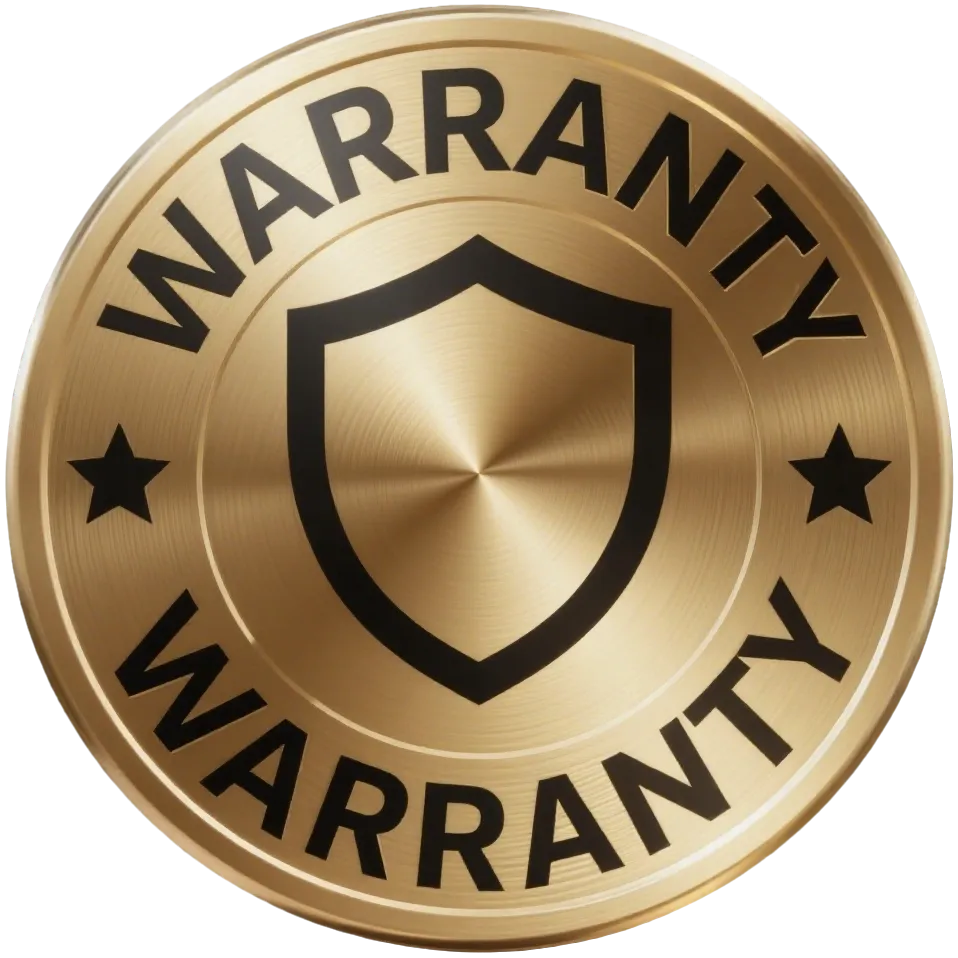Radon: The Invisible Indoor Health Threat
Radon is a naturally occurring radioactive gas produced by the decay of uranium in soil and rocks. As a colorless, odorless carcinogen, it is classified by the WHO as the second leading cause of lung cancer (after smoking). When radon seeps into homes through foundation cracks and accumulates in enclosed spaces, it can reach hazardous levels (intervention is required at concentrations above 100 Bq/m³).
Key Question: Are Air Purifiers Effective Against Radon?
❌ Common Misconceptions
Standard HEPA filters are ineffective: Radon is a gas, not particulate matter. HEPA filters can only capture radon progeny attached to dust.
Limited adsorption by activated carbon: While it can temporarily adsorb radon, saturated filters may rerelease the gas (requiring frequent replacement).
✅ Effective Solutions
Dedicated Radon Mitigation Systems
Use activated carbon + aluminum oxide molecular sieve composite filters for chemical adsorption of radon atoms.
Must be paired with high-capacity centrifugal fans (≥300m³/h airflow).
Essential Complementary Measures
Foundation sealing (epoxy resin injection for cracks)
Forced ventilation (dilution via HRV/ERV systems)
Continuous monitoring (recommended: professional detectors like the AEGTEST-HOUND3699
Action Plan
Test First: Use professional radon detectors like the HOUND3699 (avoid low-cost electronic sensors).
Take Action Based on Results:
<100 Bq/m³: Improve ventilation.
100-300 Bq/m³: Install dedicated purification equipment.
300 Bq/m³: Contact certified radon mitigation professionals immediately.
Regular Maintenance: Replace filters quarterly; retest concentrations annually.
Pro Tip: Radon mitigation requires a systematic approach. For optimal results, consult NRPP-certified professionals to develop a customized solution.
(Technical specifications validated by AEGTEST Environmental Lab, updated July 2024)





